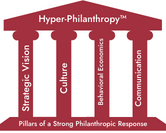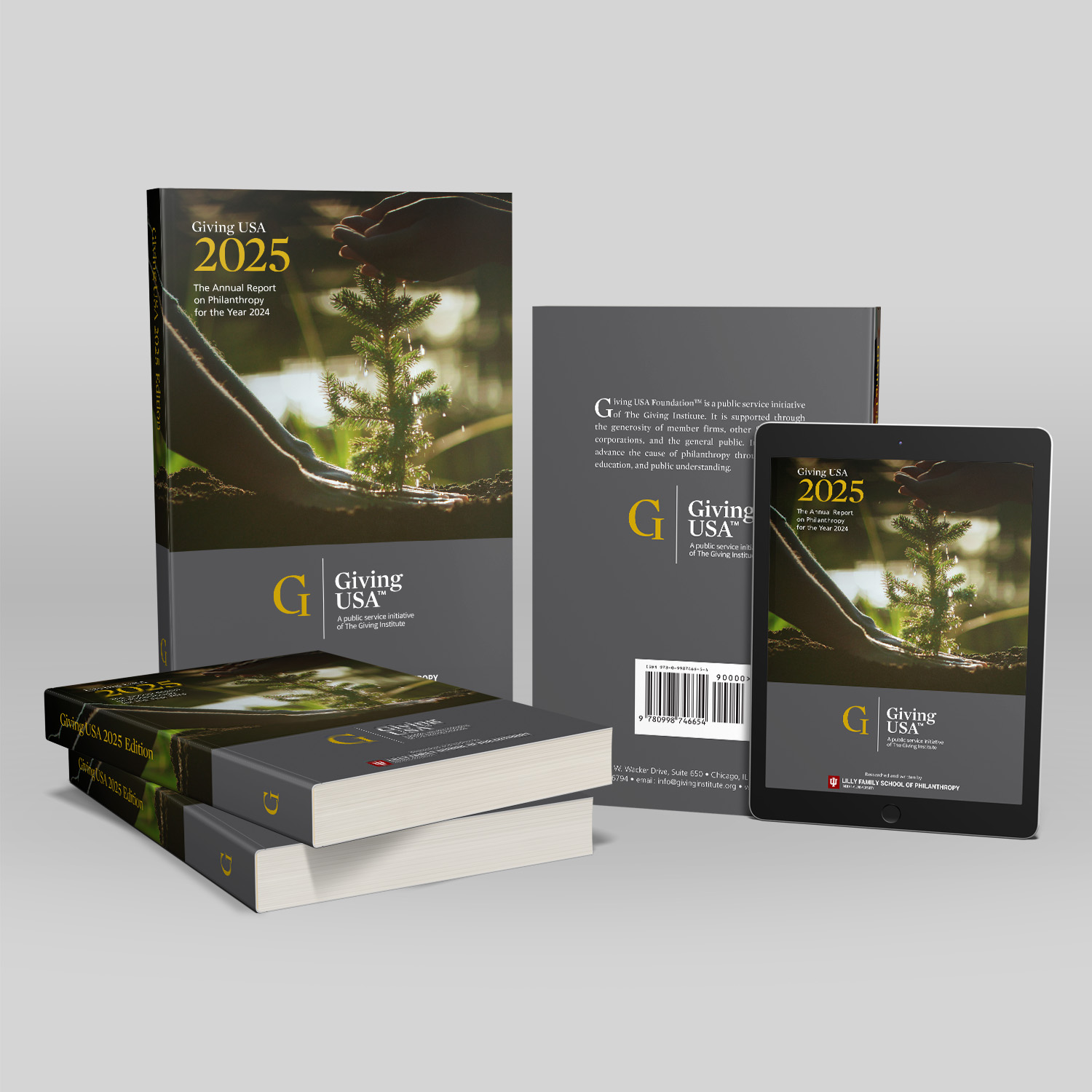The Hodge Group practices in our industry using our trade-marked methodology, Hyper-Philanthropy™. We developed this methodology from our observations, experience and practice working with our clients. Essentially, Hyper-Philanthropy™ is about taking advantage of resources within your organization and your community at-large to foster an environment where staff, board members, and community leaders understand the influence each has on the other as well as on the impact of serving the public good through philanthropy.
This methodology and its pillars dovetail naturally with our firm’s commitment to our stated and demonstrated DEI principles:
- BIAS: We are cognizant that bias exists in every organization, and that those biases have historically excluded marginalized people.
- TRANSPARENCY: We are committed to maintaining a transparent environment that incorporates feedback on how our work might sometimes fail to positively impact marginalized people.
- EMPATHY: We will not deny the lived experiences of our marginalized colleagues and clients.
- CENTERING: When making recommendations for clients, we will center the voices of most affected by that client’s work.
Supporting Hyper-Philanthropy™ are four pillars that emerge from a strong philanthropic response. 
These four pillars are enhanced with the above-stated DEI principals and effect the operational efficiency non-profit organizations in the following ways:
- STRATEGIC VISION: When a vision is properly outlined, stakeholders recognize that any investment made with the organization, whether it’s volunteer hours or a philanthropic gift, is an investment that shows a measurable return. This return must be viewed as equitable by stakeholders in order to foster long-term sustainability. Crucially, a strong vision always centers the experiences of those you serve.
- CULTURE: We recognize that culture must be deliberate and targeted to have a lasting impact on an organization. Work to actively shape a culture that reduces bias and centers the experiences of those people most impacted by the mission. For example, if your nonprofit serves single parents do you offer flexible hours and WFH (work-from-home) opportunities. Furthermore, do those you serve also have a position of service within the staff or volunteer structure of the organization?
- BEHAVIORAL ECONOMICS: Behavioral economics studies the effects of psychological, cognitive, emotional, cultural, and social factors on the economic decisions of individuals and institutions. Madame CJ Walker is one famous example that highlights how the giving culture of communities can vary greatly. It is important an organization recognize the specific factors that shape the giving culture of the environment they hope to impact. Once the psychological, social, and emotional factors behind how a certain population make financial decisions is understood, the work that centers and empathizes with these individuals can be advanced. Observing, acknowledging, and understanding these factors has the potential to reduce historic biases.
- COMMUNICATION: Effective communication about an organization’s mission, vision, goals, and initiatives is critical. This begins with establishing a branded, effective message that respects your organization’s culture and vision. Strive to develop your messaging in a way that respects the cultural and behavioral issues identified within your community. By doing so, your organization’s communication strategies can better socialize an initiative.
THG honors the opportunity to work across all philanthropic sectors demonstrating our commitment to DEI by assisting in the development of strong organizational cultures that cast strategic visions in consideration of behavioral economics in their stakeholder communities. By doing so, these elements can be communicated and demonstrated effectively and invite the greatest possible philanthropic response.



